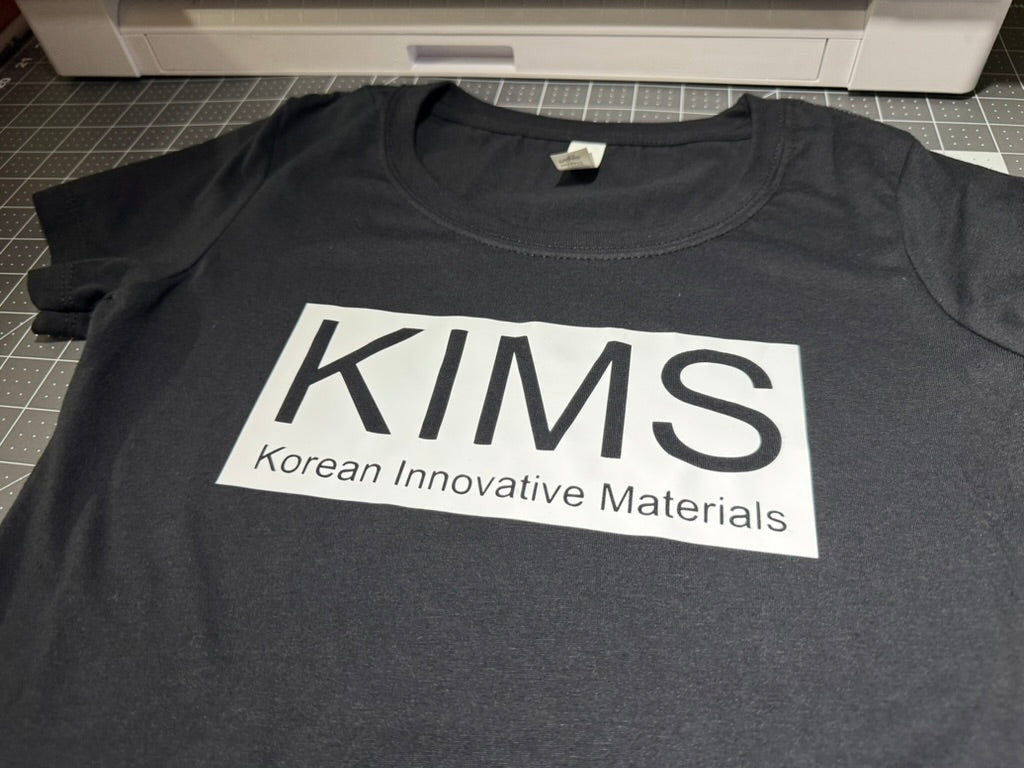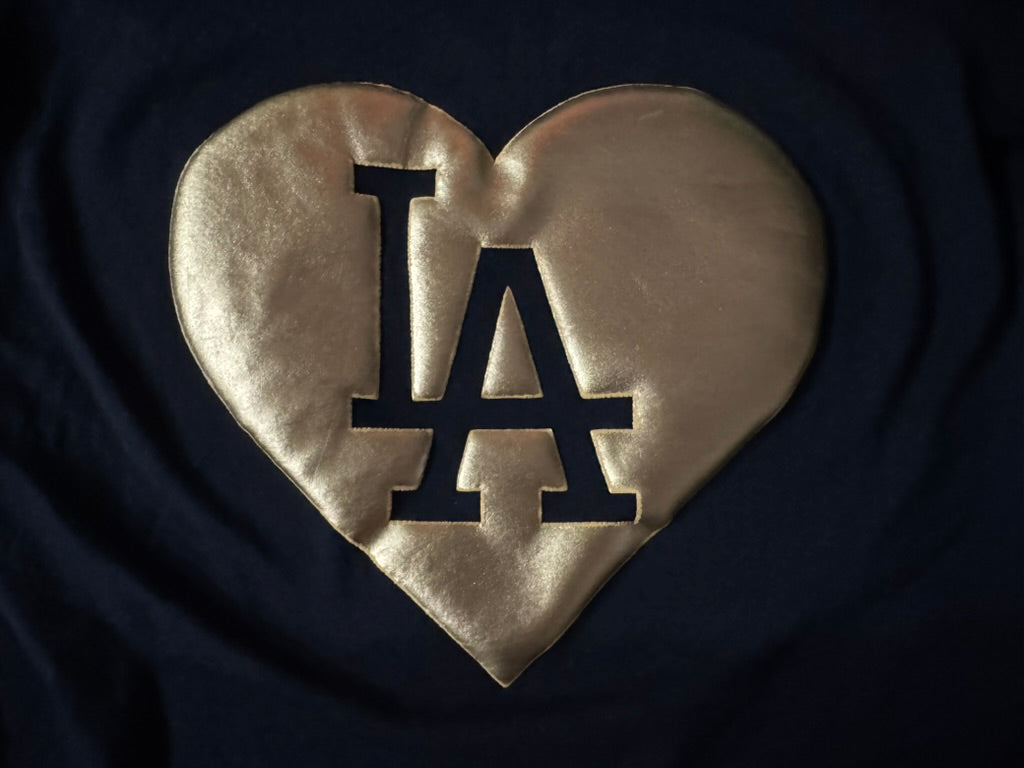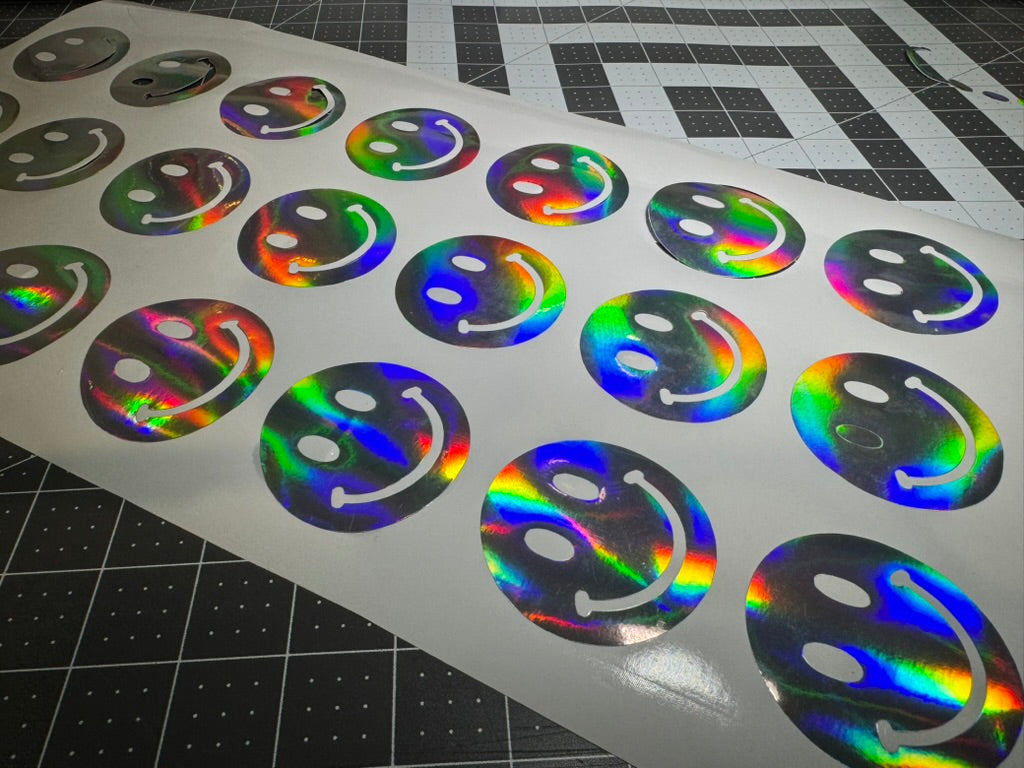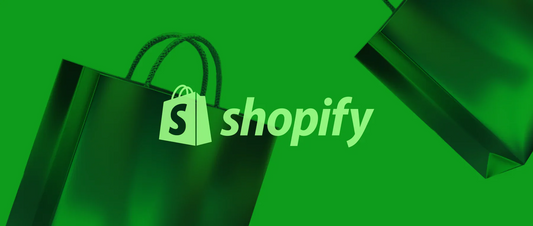Introduction
Heat transfer vinyl (HTV) is a versatile material used to create custom designs on fabrics and garments. Whether you're decorating t-shirts, tote bags, or athletic wear, understanding the fundamentals of HTV helps achieve professional results. This guide explores professional-grade heat transfer vinyl options, application techniques, and best practices for both beginners and experienced crafters.
For business owners, production managers, and procurement professionals in the custom apparel industry, selecting the right HTV is crucial for efficiency, quality, and customer satisfaction. Let's explore what makes professional-grade HTV different and how it can improve your customization projects.
What Is Heat Transfer Vinyl
Heat transfer vinyl, also called iron-on vinyl or HTV, is a special type of material used to apply designs to fabric using heat and pressure. It consists of a colored vinyl layer with heat-activated adhesive on one side and a clear carrier sheet on the other.
Unlike regular adhesive vinyl that sticks immediately to surfaces, HTV requires heat to activate its adhesive properties. This makes it perfect for fabric applications where designs need to withstand washing and regular wear.
The basic process involves:
-
Cutting your design into the vinyl (with the shiny carrier sheet facing down)
-
Removing excess vinyl (called "weeding")
-
Placing the design onto fabric with the carrier sheet facing up
-
Applying heat and pressure with a heat press or iron
-
Peeling away the carrier sheet to reveal your finished design
HTV works well on cotton, polyester, and cotton-poly blends, making it versatile for t-shirts, hoodies, bags, and more. While Cricut iron-on vinyl is popular among hobbyists, professional settings often use commercial brands like Siser EasyWeed, ThermoFlex Plus, and Stahls' CAD-CUT materials.
Why Choose Professional Grade HTV For Your Projects
Professional-grade heat transfer vinyl offers significant advantages over basic craft store options. The differences become especially apparent in commercial settings where consistency and durability matter.
The main benefits include:
-
Superior Durability: Professional HTV typically withstands 50+ wash cycles without cracking or peeling, compared to 15-20 washes for standard materials.
-
Better Cutting Precision: Higher-quality vinyl cuts more cleanly, allowing for intricate designs with fine details and small text.
-
Easier Weeding: Professional materials separate more easily from the carrier sheet, reducing production time and frustration.
-
Consistent Results: Commercial-grade HTV provides reliable color, thickness, and adhesion across batches, ensuring predictable outcomes.
When comparing costs, professional HTV may have a higher initial price point, but the reduced waste, faster production, and fewer customer complaints make it more economical in the long run.
![Professional-grade HTV being weeded to show fine detail capabilities]
For businesses producing custom apparel, the investment in quality materials directly impacts reputation. Customers quickly notice when designs crack or fade after a few washes, leading to returns and lost business. Professional-grade materials help maintain quality standards and customer satisfaction.
Types Of HTV And Key Features
The world of heat transfer vinyl includes several specialized types, each designed for specific applications and effects. Understanding these options helps you choose the right material for your project.
Standard HTV
Standard heat transfer vinyl is thin, flexible, and works on most fabrics. It has a matte or semi-gloss finish and comes in solid colors. This type is ideal for everyday designs like text, logos, and simple graphics.
Glitter HTV
Glitter HTV contains embedded sparkle particles that add shimmer and texture. It's thicker than standard vinyl and works well for fashion apparel, spirit wear, and decorative designs. Glitter HTV requires slightly different cutting settings due to its thickness.
Metallic HTV
Metallic HTV creates a smooth, reflective finish similar to foil. It's perfect for adding shine to designs without the texture of glitter. This type works well for logos, accents, and special occasion apparel.
Stretch HTV
Specifically designed for performance fabrics, stretch HTV has enhanced elasticity that allows it to move with the fabric. It's ideal for athletic wear, swimwear, and any garment that stretches during use.
3D Puff HTV
This specialty vinyl expands when heat is applied, creating a raised, dimensional effect. It works great for numbers on sports jerseys, emblem designs, and anywhere you want to add texture and depth.
Reflective HTV
Containing glass beads or reflective materials, this HTV reflects light in dark conditions. It's commonly used for safety apparel, running gear, and visibility applications.
|
HTV Type |
Best Uses |
Cutting Difficulty |
Durability |
Approximate Cost |
|---|---|---|---|---|
|
Standard |
Everyday designs, text |
Easy |
High |
$ |
|
Glitter |
Decorative designs, spirit wear |
Moderate |
Medium-High |
$$ |
|
Metallic |
Logos, accents |
Easy-Moderate |
Medium |
$$ |
|
Stretch |
Athletic wear, performance fabrics |
Easy |
High |
$$ |
|
3D Puff |
Numbers, emblems |
Moderate |
Medium |
$$ |
|
Reflective |
Safety wear, visibility designs |
Difficult |
High |
$$$ |
Each type requires specific temperature and pressure settings for optimal results. Always check the manufacturer's recommendations before pressing.
Cutting And Weeding Tips For Intricate Designs
Creating detailed designs with heat transfer vinyl requires attention to both cutting and weeding techniques. These steps directly impact the quality of your final product.
1. Check Blade Sharpness
A dull blade tears vinyl instead of cutting it cleanly, especially on detailed designs. Replace your blade when you notice ragged cuts or incomplete cutting. For professional results:
-
Test cut a simple shape before starting complex projects
-
Clean your blade regularly to remove vinyl buildup
-
Use the appropriate blade depth for your material thickness
High-quality vinyl typically requires fewer blade changes because of its consistent thickness and composition.
2. Adjust Cutting Speed
The speed at which your machine cuts affects detail quality. For intricate designs:
-
Use slower speeds for fine details and small text
-
Increase pressure slightly for clean cuts through the vinyl layer only
-
Create a test cut to check settings before cutting your entire design
Most cutting machines allow you to adjust both speed and pressure. Finding the right balance prevents both incomplete cuts and cutting through the carrier sheet.
3. Use Proper Weeding Tools
Weeding removes excess vinyl from around your design. The right tools make this process faster and more precise:
-
Fine-point weeding hooks for small details and tight spaces
-
Tweezers for lifting tiny pieces
-
Good lighting to see cut lines clearly
When weeding intricate designs, start from the inside and work outward. This prevents accidentally removing parts of your design. For complex projects, weeding immediately after cutting helps because the cut lines are more visible.
Heat Press Settings And Application Steps
Proper application is crucial for long-lasting HTV designs. Following the correct process ensures strong adhesion and professional results.
1. Pre-Press The Garment
Before applying your design, pre-press the garment for 3-5 seconds. This step:
-
Removes moisture from the fabric
-
Eliminates wrinkles that could affect adhesion
-
Creates a smooth, flat surface for your design
Different fabrics may require different pre-press times. Cotton typically needs 3-5 seconds, while thicker materials like hoodies might need 5-7 seconds.
2. Align And Press The Design
Proper placement ensures your design looks professional. For consistent results:
-
Use alignment tools like T-squares or rulers
-
Consider printing a paper template for complex layouts
-
Place the design with the carrier sheet facing up
Heat press settings vary by vinyl type and fabric:
|
Material |
Temperature |
Time |
Pressure |
|---|---|---|---|
|
Standard HTV on Cotton |
305°F |
10-15 sec |
Medium |
|
Glitter HTV |
320°F |
15-20 sec |
Firm |
|
Stretch HTV |
280-305°F |
10-15 sec |
Light-Medium |
|
3D Puff |
320°F |
10-15 sec |
Light |
|
Reflective |
305°F |
15-20 sec |
Medium |
Professional heat presses provide more consistent results than household irons because they maintain even temperature and pressure across the entire design.
3. Peel The Carrier Properly
Some vinyl requires hot peeling (removing the carrier while still warm), while others need cold peeling (waiting until completely cool). Following the manufacturer's instructions prevents lifting or incomplete adhesion.
To test adhesion, gently lift one corner of the carrier. If the vinyl stays on the fabric, continue peeling. If it lifts with the carrier, reapply heat for a few more seconds.
Specialty Finishes And Advanced Materials
Professional-grade HTV includes specialty finishes that create unique visual and tactile effects. These advanced materials allow for creative design possibilities beyond standard solid colors.
Color-changing HTVs react to environmental factors:
-
Solar-activated vinyl changes color when exposed to sunlight
-
Temperature-sensitive vinyl shifts colors when heated or cooled
-
Chameleon vinyl displays different colors depending on viewing angle
Textured finishes add dimension and tactile interest:
-
Flock HTV creates a soft, suede-like texture
-
Brick HTV provides a thick, dimensional rubber-like finish
-
Distressed HTV gives a worn, vintage appearance
These specialty materials often command premium pricing in retail environments, allowing businesses to charge 40-60% more for custom items featuring these effects.
When working with specialty finishes, pay attention to specific application requirements. Many require different temperature settings, pressing times, or special handling techniques. Always test on sample material before production to ensure proper application and appearance.
Comparing HTV To DTF, Sublimation, And Other Methods
Heat transfer vinyl is one of several decoration methods available for custom apparel. Understanding how it compares to other techniques helps determine the best approach for different projects.
Heat Transfer Vinyl (HTV)
-
Works on most fabric types
-
Great for simple designs and text
-
Limited to solid colors unless layered
-
Excellent durability when applied correctly
-
Perfect for small runs and on-demand production
Direct-to-Film (DTF)
-
Produces full-color, detailed images
-
Works on most fabric types
-
No weeding required for complex designs
-
Good durability and wash resistance
-
Efficient for medium-sized runs
Sublimation
-
Creates permanent, full-color designs
-
Works only on polyester or poly-coated items
-
No texture or raised feeling on the garment
-
Unlimited color possibilities with gradients
-
Best for light-colored substrates
Screen Printing
-
Traditional method for high-volume production
-
Limited number of colors per design
-
Excellent durability and wash resistance
-
High setup costs but low per-unit costs
-
Best for large batches of the same design
Direct-to-Garment (DTG)
-
Prints detailed, full-color designs directly on fabric
-
Works best on cotton garments
-
No setup costs but higher per-unit costs
-
Good for one-off designs and small batches
-
Requires pre-treatment for dark garments
HTV excels in situations requiring quick turnaround, customization, and smaller production runs. It's also the preferred method when working with specialty finishes like metallic, reflective, or 3D effects that other methods can't achieve.
How To Select A Trusted Supplier For Professional HTV
Finding a reliable supplier for professional-grade heat transfer vinyl impacts both production efficiency and final product quality. Here's what to consider when evaluating potential partners.
1. Evaluate Material Quality
Not all heat transfer vinyl is created equal. Quality indicators include:
-
Consistent thickness throughout the roll or sheet
-
Clear carrier sheet that holds small details during transfer
-
Accurate color matching between batches
-
Clean cutting edges without fraying or tearing
Request samples before placing large orders. Test the material with your specific equipment and application process to ensure compatibility. Many reputable suppliers offer sample packs or swatch books for this purpose.
2. Assess Lead Times
Reliable inventory access affects production planning. Consider:
-
How quickly orders ship after placement
-
Whether the supplier maintains stock or dropships
-
Availability of rush shipping options
-
Consistency of delivery timeframes
Suppliers with in-house logistics typically provide more predictable delivery times than those relying on third-party fulfillment. This reliability helps prevent production delays and reduces the need to maintain excessive inventory.
3. Check Warranty And Customer Support
Technical support becomes crucial when troubleshooting application issues. Look for:
-
Clear warranty terms covering manufacturing defects
-
Accessible technical support via phone, email, or chat
-
Educational resources like application guides and videos
-
Willingness to resolve problems when they arise
Quality suppliers stand behind their products and provide resources to help customers succeed with their materials.
Transform Your Production With Reliable HTV
Professional-grade heat transfer vinyl makes a significant difference in production efficiency and finished product quality. The right materials cut more cleanly, weed more easily, and last longer on garments.
KIMS Direct vinyl formulations are engineered for precision cutting and efficient weeding, helping reduce production time by up to 30%. This efficiency comes from consistent material thickness and carrier sheet stability that prevents shifting during both cutting and application.
For businesses looking to differentiate their offerings, specialty finishes like 3D Puff, reflective, and color-changing vinyl create unique products that stand out in competitive markets. These premium materials enable higher pricing strategies while providing customers with distinctive, high-quality items.
Shop our vinyl rolls and heat transfer products at KIMS Direct to experience the difference professional-grade materials make in your production workflow.
Frequently Asked Questions About Heat Transfer Vinyl
How do I prevent HTV from cracking after washing?
Use professional-grade HTV, apply at the correct temperature and pressure, and follow care instructions like washing garments inside-out in cold water and avoiding high-heat drying.
Which fabrics work best with professional grade HTV?
Cotton, polyester, cotton-polyester blends, and performance fabrics work excellently with specialized HTV formulations, while highly textured fabrics may require specific vinyl types.
Why do some designs fail to adhere properly to garments?
Adhesion failures typically result from incorrect temperature/pressure settings, insufficient press time, fabric incompatibility, or low-quality vinyl with inconsistent adhesive properties.
What is the difference between heat transfer vinyl and iron-on vinyl?
These terms refer to the same product, with "iron-on vinyl" being consumer-oriented terminology while "heat transfer vinyl" or "HTV" is the professional industry standard term.
How long does professional-grade heat transfer vinyl last on garments?
Quality professional-grade HTV typically lasts 50+ commercial wash cycles while maintaining vibrant color and adhesion—nearly double the performance of standard market alternatives.







